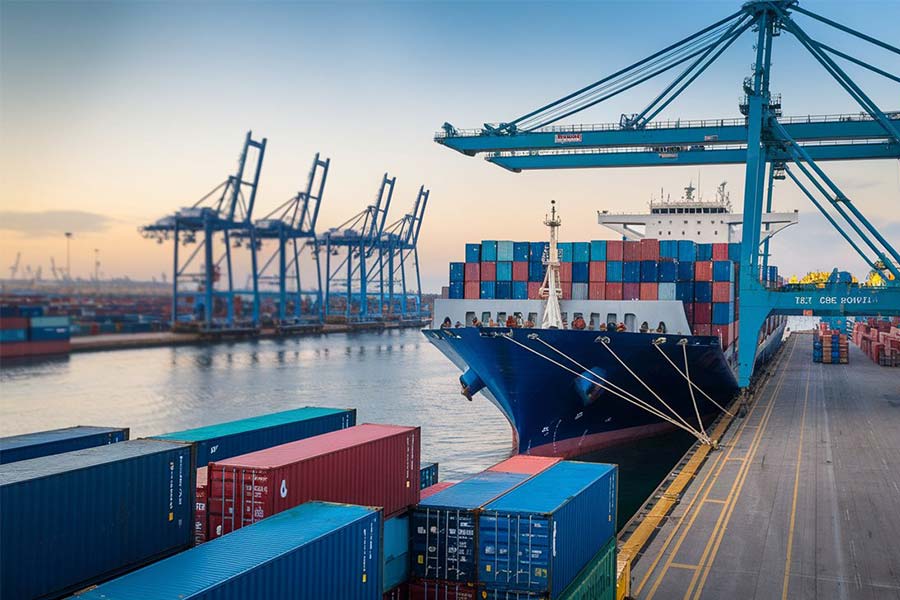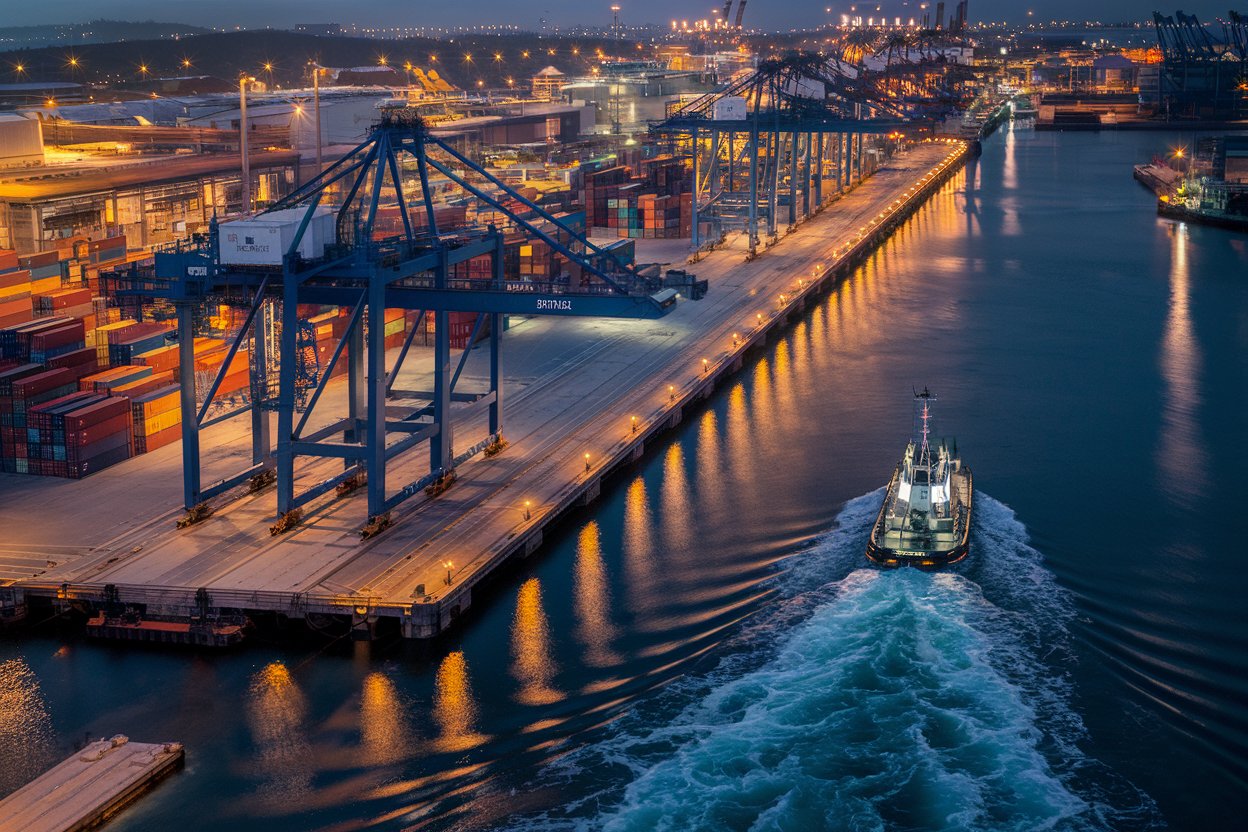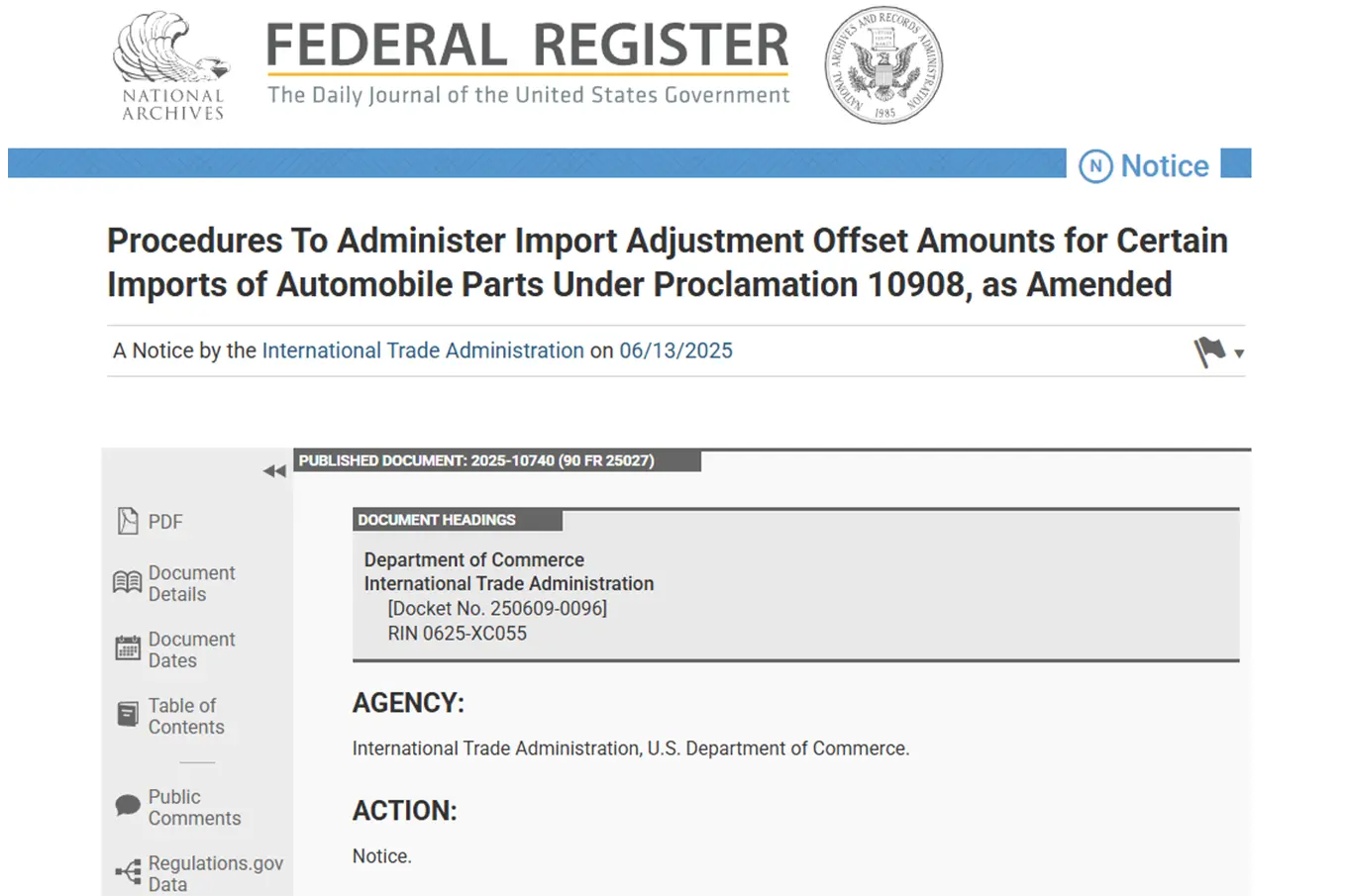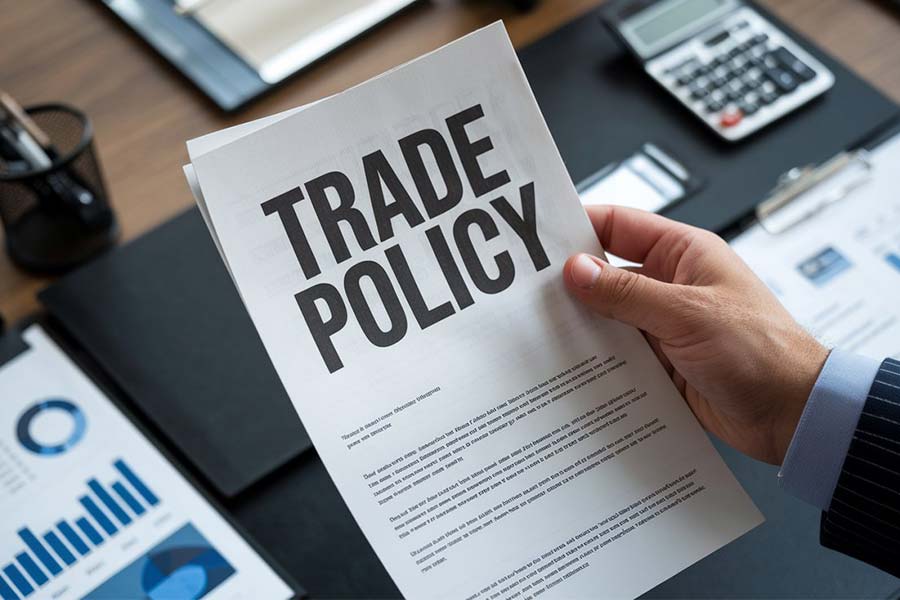- Shanghai Zhongshen International Trade Co., Ltd. - Two decades of trade agency expertise.
- Service Hotline: 139 1787 2118
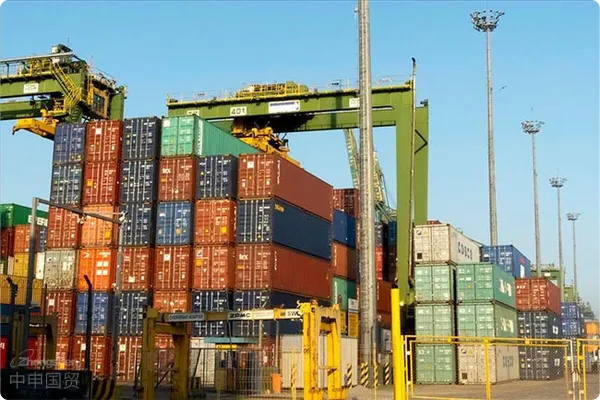
Contents
ToggleHidden barriers in customs clearance for imported equipment
The latest statistics from the General Administration of Customs in 2025 show that the category of mechanical and electrical equipmentImport Customs DeclarationThe error rate is as high as 23%, with 41% of the cases involving tariff inversion caused by HS code classification deviations. The value of professional customs declaration agents often lies hidden in the following technical details:
Breakdown of Core Service Modules
- Pre - classification Service
- Function parameter translation conversion
- Analysis of Key Component Materials
- EU CE Certification Corresponding to GB Standards
- Tariff Optimization Configuration
- Verification of Conditions for Provisional Tariff Rates Application
- Determination of Origin under Free Trade Agreements
- Pre-qualification for Duty-Free Equipment
Typical Risk Scenario Response
Case 1:An automaker imported welding robots, but due to translation errors in kinetic parameters, the classification was incorrect. After review and adjustment by the agent, the tariff was reduced by 9.7%.
Case 2:MedicalEquipment ImportsDue to the absence of a pre-clearance certificate from the drug regulatory authority, the agent completed the filing 45 days in advance, avoiding a port demurrage fee of 200,000 yuan.
Request for a clean on - board bill of lading. The bank refused payment because the freight forwarder missed typing the words on board,The transportation requirements for precision instruments were not met. The agent coordinated to modify the packaging plan and passed customs inspection, saving 180,000 yuan in logistics rerouting costs.
Five Dimensions for Vendor Screening
- Customs AEO certification level
- Professional Equipment Customs Declaration Case Database
- Customs System Integration Capability
- Localized service network coverage
- Analysis of Three Common Traps in Agency Cooperation
Key Points of the New Customs Clearance Regulations for 2025
According to Announcement No. 58 of the General Administration of Customs, starting from January 2025:
- The import of used equipment requires a third-party inspection report.
- AI module-equipped devices must declare the purpose of their algorithms.
- The validity period of the UN38.3 certification for lithium battery transportation has been shortened to 12 months.
Practical Techniques for Cost Control
Cost optimization achieved by a semiconductor company through agency services:
- Temporary importation under ATA Carnet was adopted, saving 830,000 yuan in guarantee deposits.
- Utilizing the RCEP agreement, a cumulative tariff reduction of 1.27 million yuan has been achieved.
- Optimize declaration elements to avoid classification disputes and a fine of 560,000 yuan.
Related Recommendations
? 2025. All Rights Reserved. Shanghai ICP No. 2023007705-2  PSB Record: Shanghai No.31011502009912
PSB Record: Shanghai No.31011502009912
